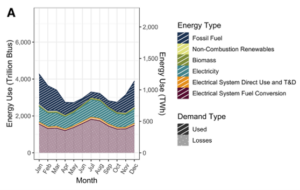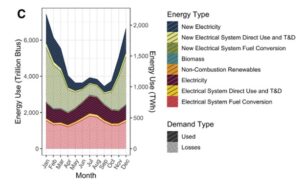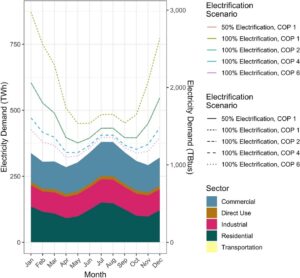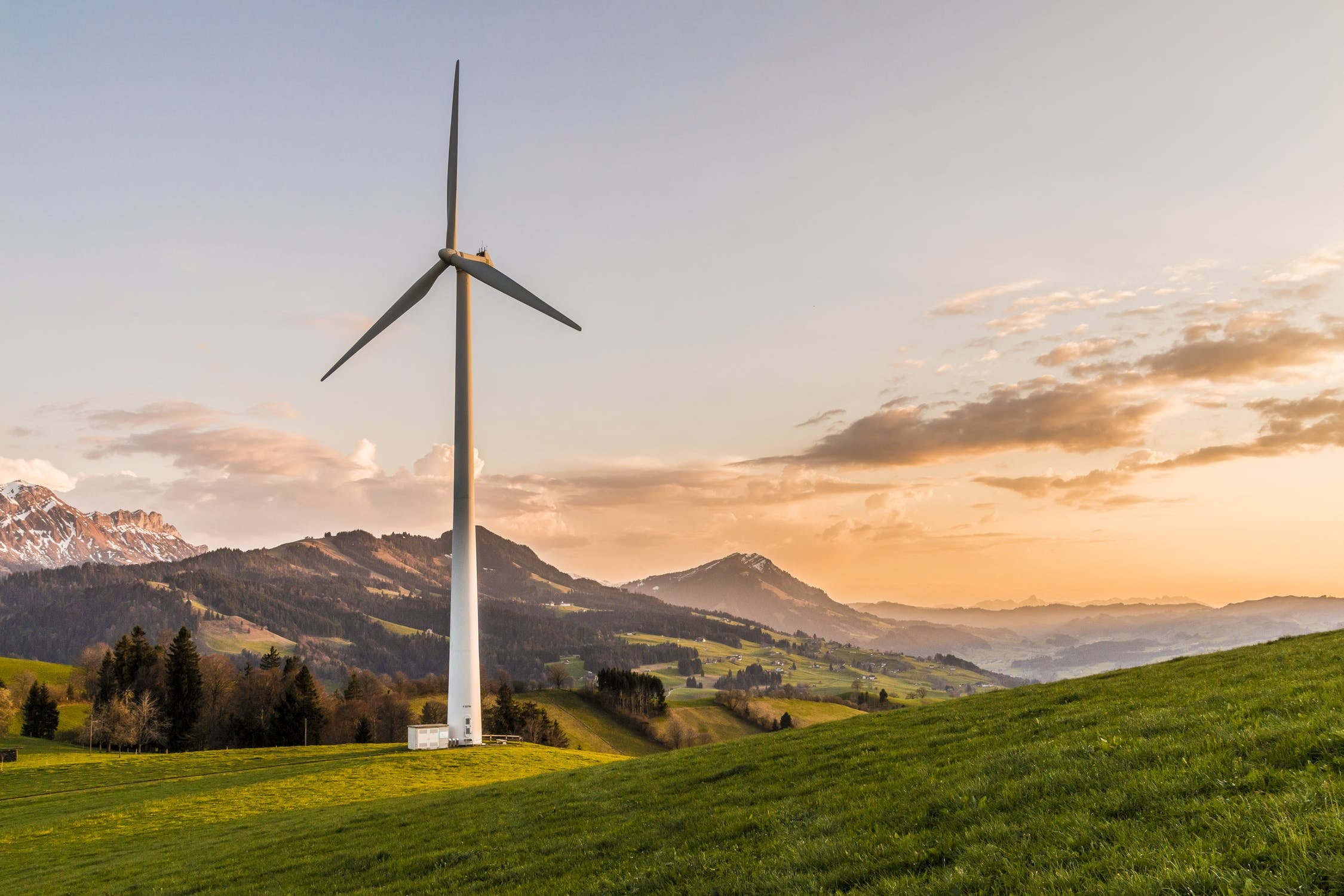3 Key Takeaways from New Study on Building Electrification – Introducing the Falcon Curve
Across the United States, buildings are responsible for a large portion of greenhouse gas emissions – nearly 30%. Many plans to meet our climate goal of net zero emissions involve switching those buildings that currently run on fossil fuel energy sources, such as oil and natural gas, to electricity generated by renewable energy sources. This is a key component of the ‘electrify everything’ movement. Electrification, as long as it is met with non-combustion energy, averts both greenhouse gas emissions and air pollution, resulting in climate and health co-benefits. If electrification is met with fossil-fuel generated electricity, this risks just moving emissions around rather than truly reducing them. Currently, most electrification models and policies have only been looking at annual energy demands. But, if we are going to ‘electrify everything’, we need to update our models and policies to include how seasonal demands for energy fluctuate. No one has looked at that before. Until now.
The Harvard Healthy Buildings program collaborated with researchers at Boston University School of Public Health, Oregon State University, and the nonprofit Home Energy Efficiency Team on a study examining the seasonal fluctuations of building energy demand and its implications for building electrification. Here we provide 3 key takeaways from our study.
- Seasonally, building energy demands vary by a factor of 1.6x. Most current plans for decarbonizing buildings do not take this seasonal variation into account.
The energy demands of buildings fluctuate substantively with the seasons. When we examined these changes historically, we found that in the United States, energy demands vary by a factor of 1.6x, with demand at its highest in the winter months. This peak is due to heating demands, currently being met mostly with natural gas. A second, smaller peak occurs during the summer months due to air-conditioning demands, currently being met mostly with electricity. A graph of these seasonal fluctuations resembles a falcon – giving rise to what we have named the “Falcon Curve”.
Figure 1. The “Falcon Curve” – Monthly average building total energy consumption from March 2010 to February 2020.

- If all buildings convert to electricity, electricity demand will switch from peaking in the summer to peaking in the winter. To handle this demand will require a massive buildout of renewable energy and seasonal energy storage.
Currently, energy demand is at its highest in January, and at its lowest in May – the difference totaling 1549 TBtus. If all current buildings that use combustion energy were to switch to electricity, that number increases to 3980 TBtus. This is a considerable increase in demand. It is enough to change the peak of electrical demand to winter from summer. If this change in demand were to be met purely by increasing renewable energy production, it would require a 28× increase in January wind generation, or a 303× increase in January solar energy. Both scenarios would result in extra energy being generated during months with low energy demand, such as April. Not wasting this energy would require the deployment of electricity storage systems, similar to the long-term storage facilities utilized by fossil fuels today.
Figure 2. The “Falcon Curve” if 100% of building energy demands were converted to electricity using technologies with a COP of 1 (COP is coefficient of performance – the higher the number, the more efficient the technology).

- This demand can be decreased dramatically and made much easier to manage by using highly efficient technologies, such as networked ground source heat pumps.
Increasing January wind energy generation by 28x, or January solar energy generation by 303x would be no small feat. However, this need for more renewable electricity can be dramatically reduced if highly efficient heating and cooling technologies are used. For example, networked ground source heat pumps are estimated to have a COP of 6. By using this more efficient technology, the Falcon Curve would be significantly flattened, making total building electrification easier to achieve with non-combusting renewable energy sources.
Figure 3. Current monthly total electricity demand, and projected changes to total building energy demand under different building electrification scenarios.

Electrifying our buildings is an important part of our building decarbonization plans. In order to make these plans as efficient and economical as possible, it will be important for us to couple increasing our renewable energy production and seasonal energy storage with efficient heat pump technologies.
Buonocore, J.J., Salimifard, P., Magavi, Z. et al. Inefficient Building Electrification Will Require Massive Buildout of Renewable Energy and Seasonal Energy Storage. Sci Rep 12, 11931 (2022). https://doi.org/10.1038/s41598-022-15628-2





